How electric truck development has been impacted by the pandemic
Before the pandemic, electric trucks stood in the industry limelight as OEMs rolled demo fleets out across the country, started to collect and analyze application data and work with partners both in infrastructure deployment and fleet utilization to understand the ability of electric powertrain to do the job. Then the COVID-19 pandemic changed the world.
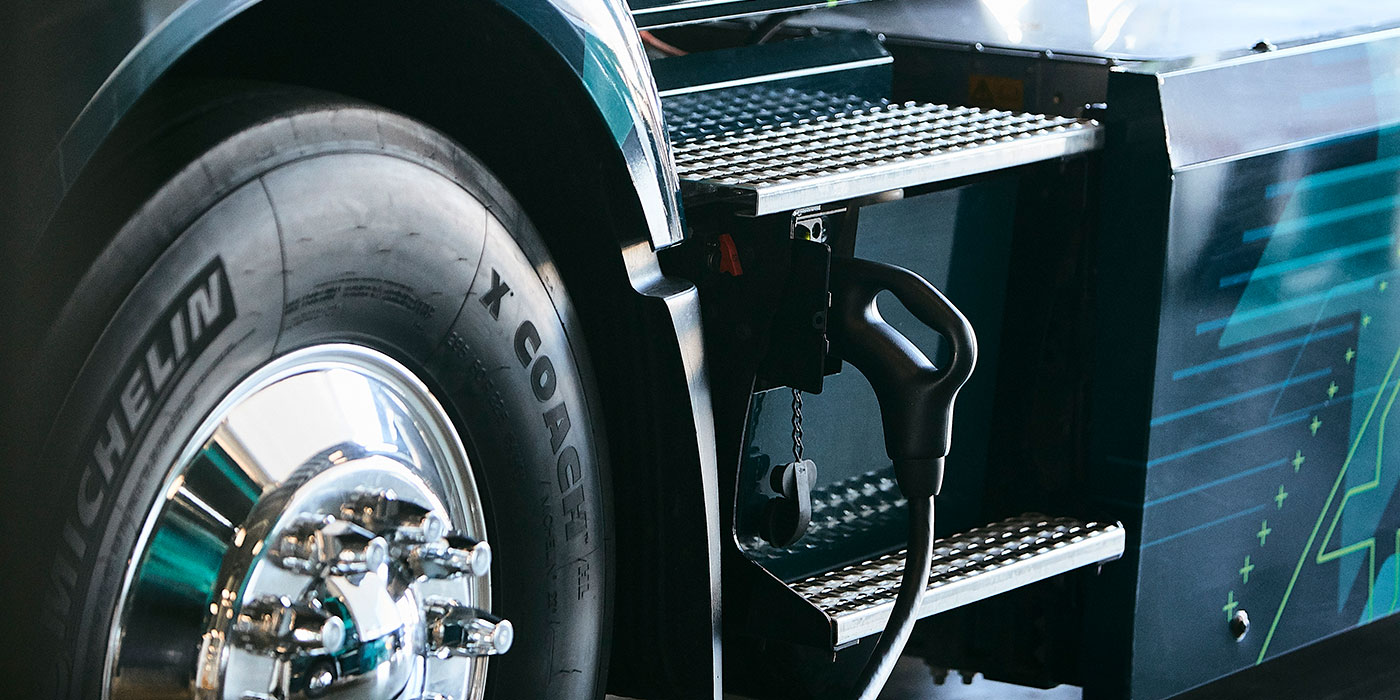
State of Sustainable Fleets report: Most fleets plan to increase, continue use of alternative fuels
Gladstein, Neandross & Associates (GNA) has released the results of a new “State of Sustainable Fleets” report, sponsored by Daimler Trucks North America (DTNA), Shell Oil Co., Penske Transportation Solutions and Exelon Corp. Among the findings of the report: Natural gas, propane, battery electric, and hydrogen fuel cell electric vehicles, the four sustainable vehicle technology platforms
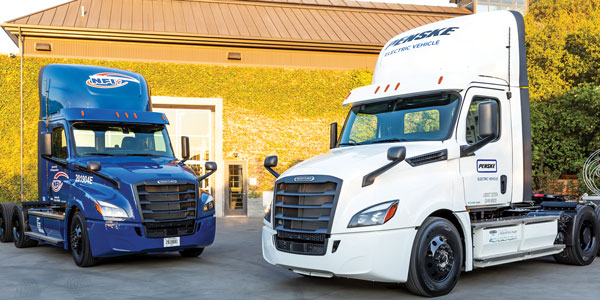
Watch: 6×4 or 6×2 – What’s the right axle configuration for your truck?
For a long time, the standard was a 6×4 configuration in which both rear tandem axles receive power. Trucks came with 6×4 regardless of the jobs they were designed to do. However, some fleets and drivers have lately been switching to 6×2 configurations in which only one of the rear axles receives power. The other
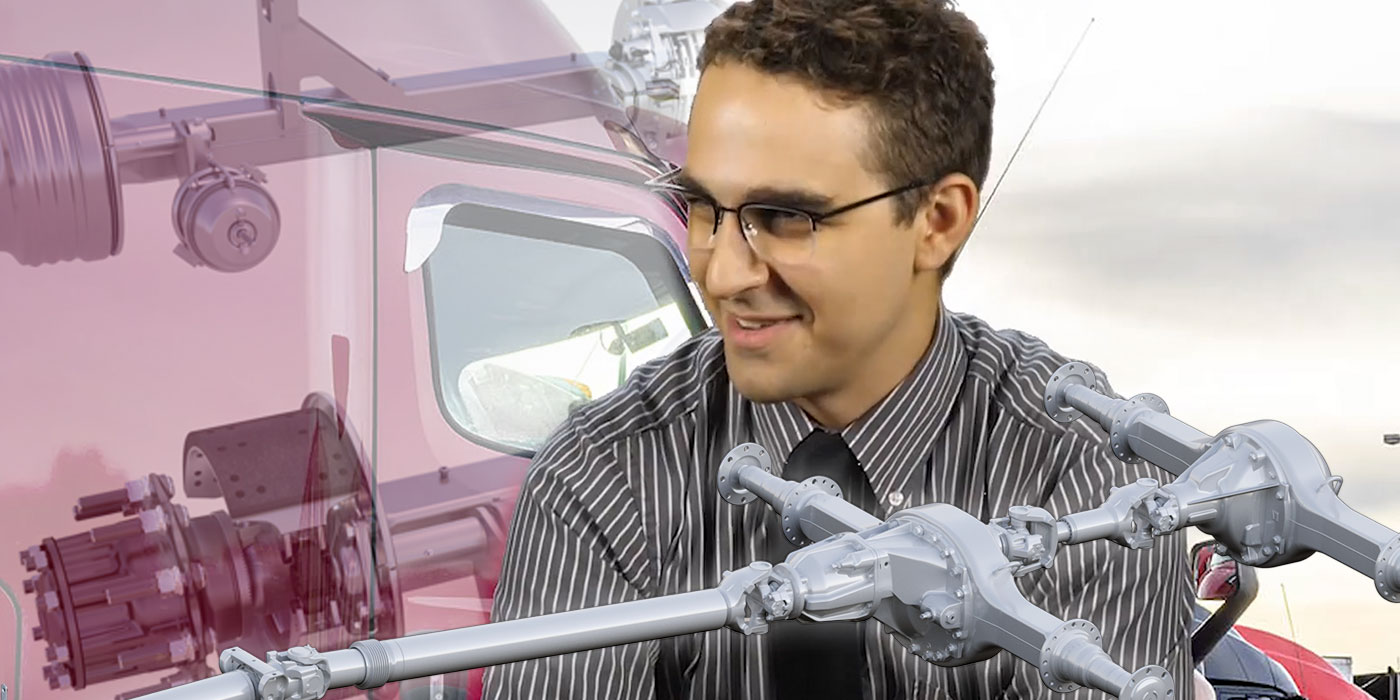
The test of time: Why durability drives success
What does it take to face down uncertainty? To diversify and stay on top of the industry’s ebb and flow? It’s equal parts ideas and vision mixed with a hefty helping of grit; durability to weather the oncoming storm. To learn more about Minimizer’s approach to delivering on its product promises even in the toughest

Don’t let parasitic loads take a bite out of your truck batteries
More on-board, electronically-driven and controlled systems means more strain on your batteries that are already faced with tackling tough applications and pandemic-driven changing duty cycles. “Parasitic loads are ever-increasing,” said Vicki Hall, director of transportation technical solutions for EnerSys. “The more electronics and creature comforts are being added to trucks, especially sleeper cabs, the higher
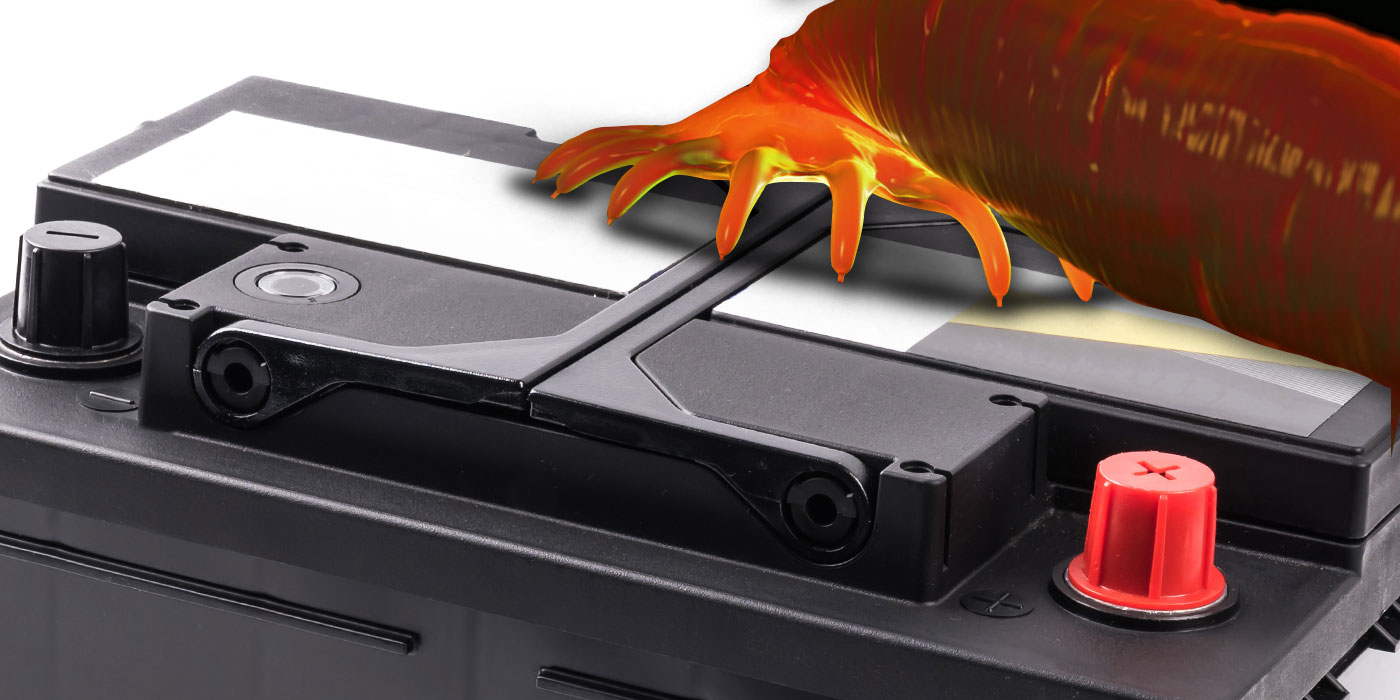
Inside the truck data integration: Navistar, Samsara
There have been a slew of integration announcements between OEMs and technology service providers, which sound great on digital paper, but what do they really mean? How far does the integration go? Where do you see the data? How can you, as the fleet, make the most of it? In the first of a series
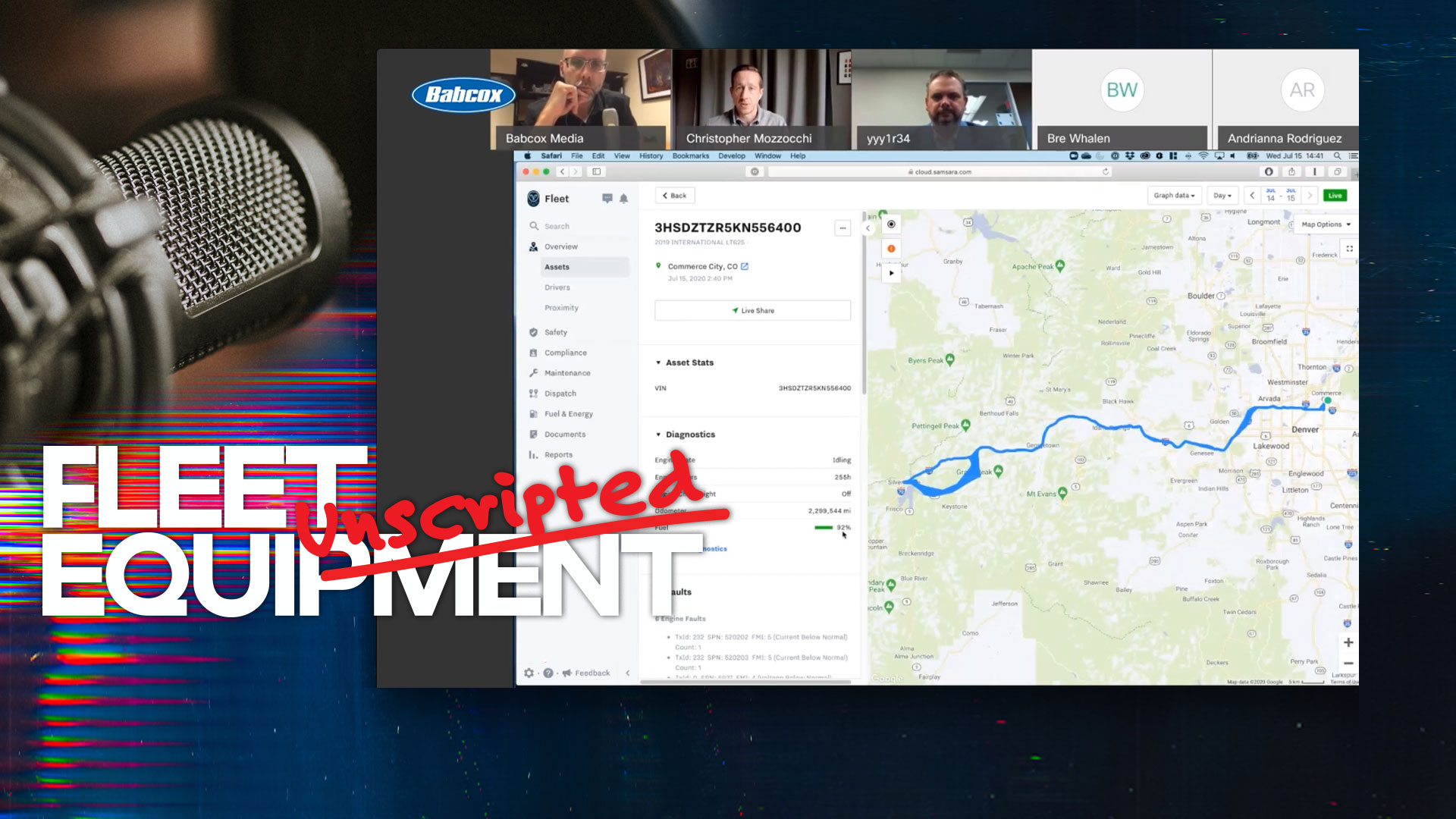
DTNA’s SVP of engineering, technology on automated trucks, electrification and how it all connects
As an end user, it’s easy to take technology for granted. As soon as it shows up and works effortlessly, we assume that it has always been this way. But the seemingly limitless solutions new equipment and technology provide were brought to the market through the countless endless hours of hard-working engineers; engineers like Dr.

How digital connections are impacting trucking’s hand-shake business
Riding along with two of Meritor’s DriveForce team–a crew of more than 110 Meritor sales and support representatives across the United States, Canada and Mexico–to visit fleet customers in Michigan meant spending long stretches in the car traversing the state. It was worth it–the face time with fleets helped the DriveForce team stay connected with

Watch: Understanding the truck tire compounding process
Developing tire compounds is like baking bread. It takes just a few basic ingredients mixed together to make the basic recipe. Flour, water, yeast and sugar in the right amount and order will give you basic white bread. But it’s up to the chef to add in the extras, like sweeteners, seeds and butter, to

From pen and paper to data automation: A quick-start guide to truck service dashboards
Glance around your office and tell me if this sounds right: The room is stuffed with stacks of service documents and hand-written notes, whiteboards covered in ink, a few filing cabinets filled with years of archives, and a desktop computer with folders full of Excel sheets. To the untrained eye it’s a daunting, unorganized jungle

A service dashboard data use-case: Truck tire maintenance
If you’re just dipping your toe into the dashboard deep-end, finding a system to help provide visibility and control of your fleet’s tire program is a good place to start. To that end, Dana has developed its Rhombus TireAnalytics dashboard, which was created to give a fleet visibility and control of its tire program to
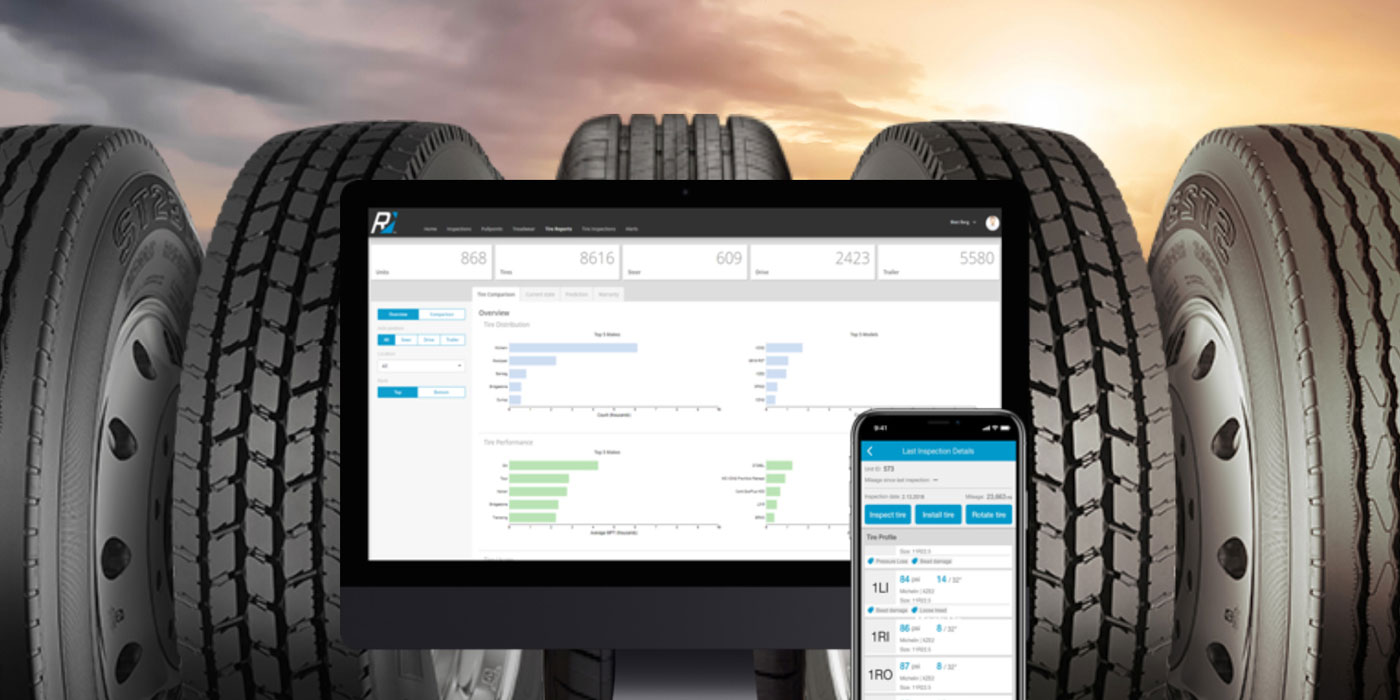
How do you know that your service dashboard data is accurate?
James Griffin, chief operating officer and chief technology officer of Fleet Advantage, says he advises his clients to invest in a service dashboard because it keeps data secure and consistent. “The data used to create dashboards is generally sourced from defined data sources and not easily modified by multiple users,” Griffin says. “A spreadsheet can

